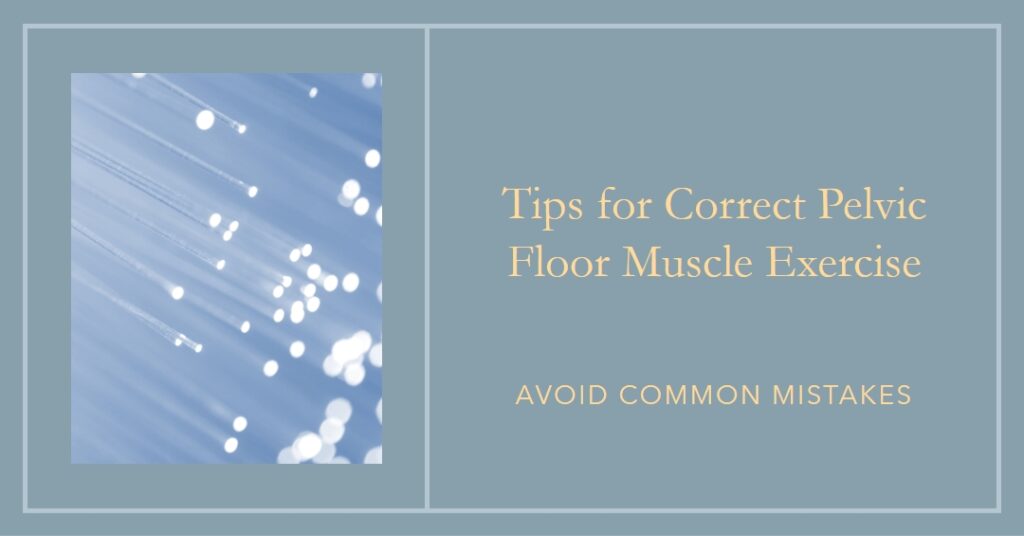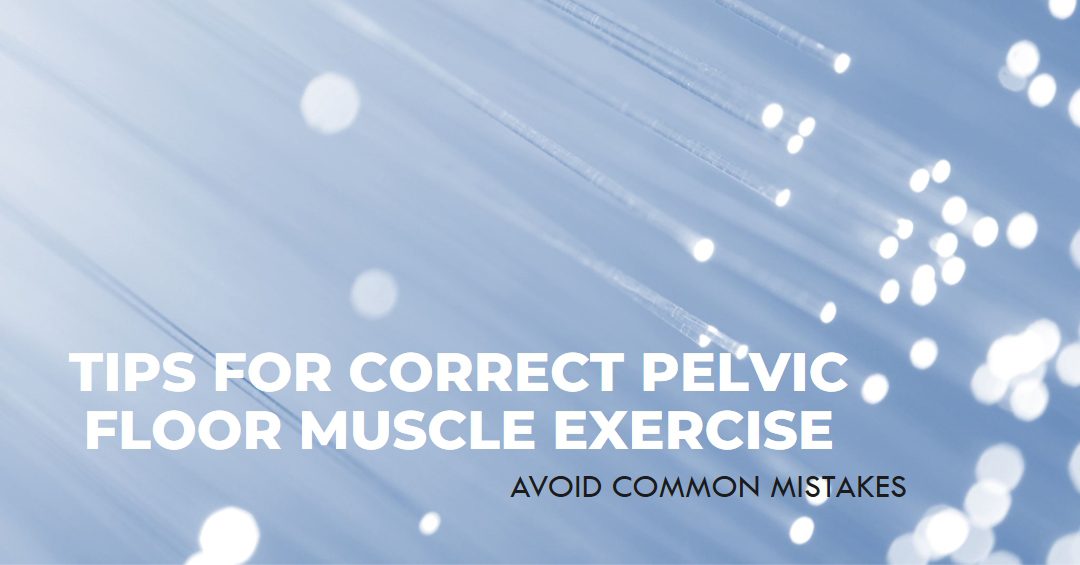Common Mistakes to Avoid Doing Kegels
Kegel exercises are a formidable method for fortifying the pelvic floor muscles, which are pivotal in enhancing urinary control, bolstering pelvic health, and improving sexual well-being. The efficacy of these exercises is highly dependent on the accuracy of the technique and the consistency of their execution.

One of the common mistakes to avoid doing Kegels is incorrect identification and engagement of the pelvic floor muscles. Many individuals mistakenly contract the abdominal, buttock, or thigh muscles instead, which not only negates the benefits for the pelvic floor but can also exacerbate existing issues or create new ones. Ensuring that the right muscles are targeted is crucial for reaping the full benefits of Kegel exercises.
Another significant error is either overexertion or insufficient frequency of the exercises. Overdoing Kegel exercises by holding the contractions for too long or performing too many repetitions can lead to muscle fatigue and soreness, potentially weakening the pelvic floor over time rather than strengthening it. Conversely, infrequent or inconsistent practice may result in negligible improvements, undermining the potential gains in urinary control, pelvic health, and sexual function.


Awareness and correcting these common mistakes are fundamental to establishing a safe and effective Kegel routine, ensuring that individuals can maximise the benefits while minimising the risks associated with improper technique. Here is the full list of the eight common mistakes to avoid doing Kegels:
- Using the Wrong Muscles
One of the most prevalent mistakes is engaging the incorrect muscles. Instead of isolating the pelvic floor, individuals often mistakenly contract the abdominal, thigh, or buttock muscles. This reduces the effectiveness of the exercises on the pelvic floor and can lead to tension in these other areas. - Holding Your Breath
Breathing is a critical component of any exercise, including Kegels. A common error is holding one’s breath while performing the exercises, which can inadvertently increase abdominal pressure, countering the effect of strengthening the pelvic floor muscles. - Overexertion
In the pursuit of quick results, there’s a tendency to overdo the exercises either by excessively tightening the muscles or performing too many repetitions without adequate rest. This can lead to muscle fatigue, soreness, and even strain, undermining the very goals of the exercises. - Incomplete Relaxation
The relaxation phase is equally as important as the contraction phase of a Kegel exercise. Failing to relax the muscles between contractions can lead to a constant state of tension in the pelvic floor, which can be counterproductive and lead to issues such as pelvic pain and discomfort. - Inconsistent Practice
Irregular or sporadic exercise does not afford the pelvic floor muscles the consistent stimulus they need to strengthen and improve. Consistency is key; irregular practice diminishes the potential benefits and delays any positive outcomes. - Performing Kegels with a Full Bladder
Engaging in Kegel exercises with a full bladder can increase bladder pressure and potentially lead to a urinary tract infection. Moreover, using the exercises to start and stop urine flow frequently can disrupt the normal voiding reflex, leading to urinary retention or incomplete bladder emptying. - Expecting Immediate Results
Improvement in muscle strength and control takes time and patience. Some individuals expect immediate results and may become discouraged if they do not perceive quick benefits. This impatience can lead to the abandonment of the exercises before any real progress has been made. - Neglecting Professional Guidance When Needed
For some, particularly those with existing pelvic floor issues, professional guidance from a healthcare provider or a pelvic floor physiotherapist can ensure that Kegel exercises are performed correctly and effectively. Skipping this step can mean missed opportunities for personalised advice and adjustments that could enhance the effectiveness of the exercises.

Avoiding these common mistakes can significantly enhance the effectiveness and safety of Kegel exercises. Individuals can maximise the health benefits of their Kegel exercise routine by focusing on proper technique, consistent practice, and seeking professional guidance when necessary.






